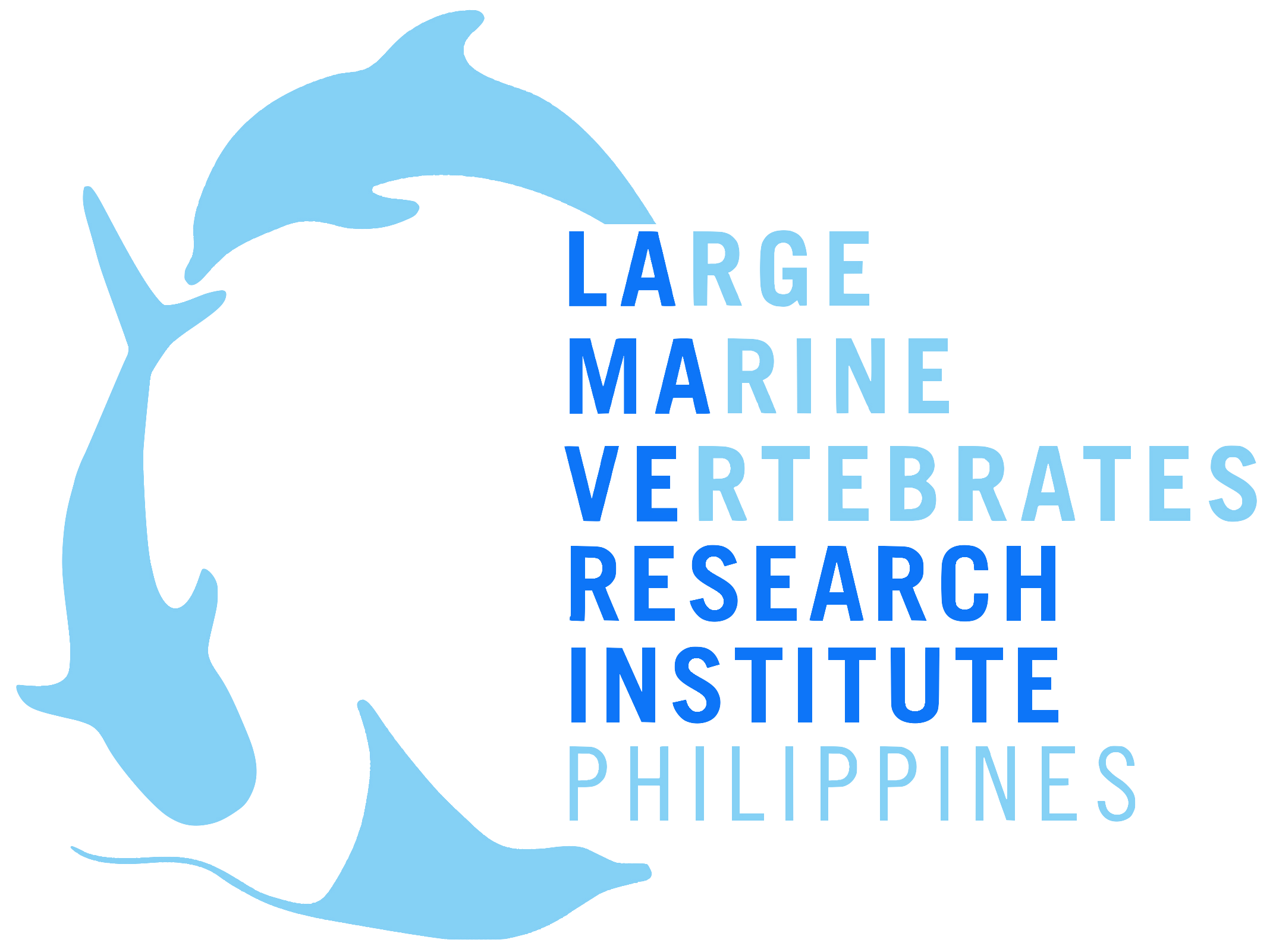VOLUNTEER BLOG
Top gear crossed with science and national geographic
By Nathan Ledger
I joined the LAMAVE BRUV Project sometime near the end of March after a friend (out here on the Otter Project) messaged me on Facebook telling me of a last minute space on the project if I was interested, it took all of 2 seconds to make up my mind so I quit my job and in 2 weeks just about managed to get myself ready for the biggest and most spontaneous trip of my life so far.
The BRUV survey is not just unique to LAMAVE, we are conducting an assessment of the shark and ray population across the Philippines and the data collected also goes towards the Global Fin Print’s assessment of shark and ray populations across 200 different locations in the world. In case you aren’t familiar with what a “BRUV” survey does I’ll just explain it in the terms that got me so keen to join this project; we basically set up a few cameras with mesh bags of bait, drop them in the sea a few times a day and then wait and see what turns up. (Sharks, please be lots of sharks).
As with any research project it’s not all fun & games spending every day on a boat, free diving whilst we wait for surveys to finish. There is an awful lot of time spent watching the videos and noting down anything of potential importance/interest and I’m not going to lie, there have been a lot of videos of nothing but sea, however it is all worth it… We spent 3 and a half weeks on Ticao Island, between Masbate & Bicol, deploying our cameras every day and sadly not seeing many sharks but then after conducting surveys all down one side of Ticao we spent a few days surveying a world famous dive site called “Manta Bowl”, deploying the cameras via scuba diving rather than rope to try place them in optimal position for anything interesting.
As the name suggests, it is renowned for the vast numbers of Manta Rays that come and visit and it is unusual to spend a day diving there without seeing at least one. The first two days weren’t massively successful but then the last day we were to spend on the island, we moved the cameras to an area known as “The Boom Boom Place” (you can probably guess why it has that name). Watching the videos from that day makes all of the sandy, muddy, empty videos worth it. We got footage of incredible fly bys, Mantas nose diving and passing mere inches over the top of the camera, doing incredible acrobatics in full view of the camera and hovering dead still in a ripping current, so amazing.
Being a mobile team, the BRUV project faces certain challenges that other LAMAVE projects across the Philippines don’t necessarily encounter. The obvious one of course is that we are always moving around every 4-6 weeks, with all of our equipment. If you imagine when you move into your first student house and all of the stuff you take with you, that’s what we do every few weeks and not with the comfort that your parents’ car offers either. I am in fact writing this blog during one of the many hours of travelling we experience, 24 hours into a 32 hour ferry from Manila to Puerto Princessa. A lot of our travel is a mix of boredom and a Top Gear challenge, we have used everything from motor trikes to long distance coaches, jeepnies, ferries and even the back of a van in Manila when no taxi was big enough to take us to the port. Half of the time is spent trying to grab a few hours sleep during a long journey and the other half in complete hysterics at what we are doing.
With the LAMAVE BRUV team not only do I get to survey for sharks & rays every day, contributing to important national & global research, but I have spent my days off scuba diving, jumping off waterfalls, exploring places that very few westerners have ever been to and the best part is every few weeks we move to somewhere new and I get to discover completely new places along with the rest of the BRUV team that are definitely friends rather than fellow colleagues & volunteers. This is honestly one of the best and definitely most new/crazy experiences of my life.
Nathan Ledger is a UK Marine Biology graduate that loves the ocean and the life that dwells within it, especially sharks. He is a qualified diving instructor, and during his time with LAMAVE he encouraged locals to listen in on western music like rock and indie, but feels it didn’t quite make the impression he hoped for. Maybe next time.
If you are interested in volunteering with LAMAVE, check our VOLUNTEER section.




7 One-of-A-Kind Experiences as a LAMAVE Volunteer
Just like any other volunteering opportunity, signing up with LAMAVE is a great way to contribute your time and skills to something bigger – marine conservation. But joining LAMAVE is unique in itself because it is more of a commitment – you have to be passionate and dedicate at least three months of your life to volunteering with us.